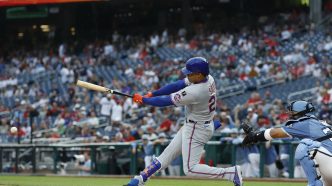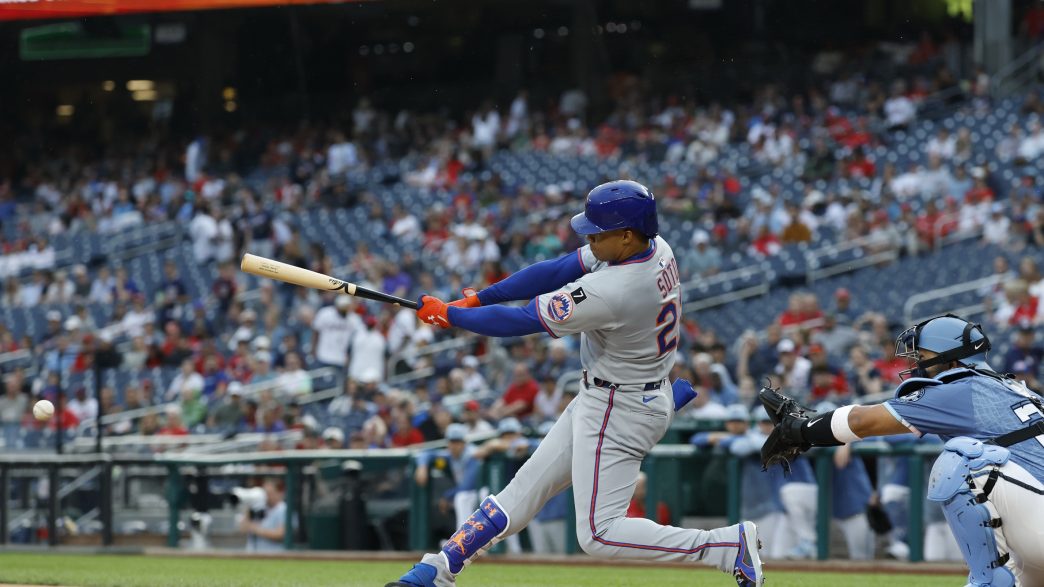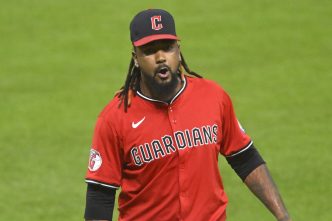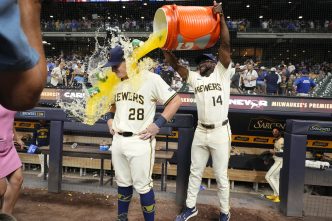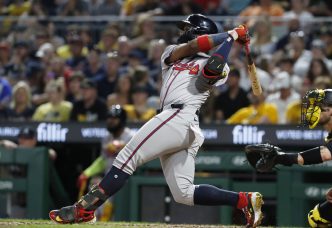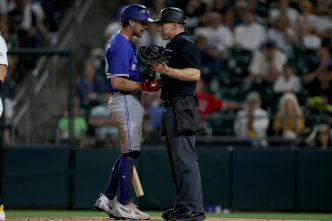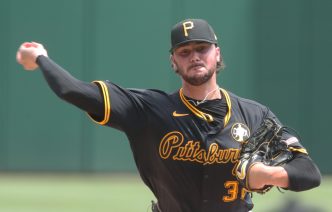Juan Soto’s early-season struggles with the New York Mets have raised alarms, as a 2.4 mph drop in his bat speed threatens to turn the team’s $765 million investment into a costly disappointment, according to a detailed analysis of his 2025 performance. Through Sunday, April 27, 2025, Soto is slashing a lackluster .248/.374/.396 with 3 home runs and a .770 OPS, a far cry from the MVP-caliber production he delivered with the Yankees in 2024. That year, Soto hit .288/.419/.569 with 41 homers, a 178 OPS+, and finished third in AL MVP voting, helping lead the Yankees to a World Series title. His current 122 OPS+ is above league average but well below the expectations set by his 15-year, $765 million contract signed in December 2024, which could exceed $800 million with incentives, per Spotrac.
The root of Soto’s struggles lies in his diminished bat speed, which has dropped from 75.4 mph in 2024 to 73.0 mph this season, per Baseball Savant. This 2.4 mph decline may seem minor, but in the high-stakes world of MLB, those milliseconds are critical. Bat speed determines a hitter’s ability to catch up to high-velocity pitches, and for Soto, it’s the difference between driving a 95 mph fastball with authority or making weak contact. His hard-hit rate has fallen from 57% in 2024 to 50% in 2025, while his barrel percentage—a key indicator of optimal contact—has plummeted from an elite 19.7% to a pedestrian 6%. For context, league-average barrel percentage in 2024 was 7.8%, per Baseball Savant, meaning Soto has gone from elite to below average in a metric that correlates strongly with power production.
Soto’s struggles are most evident against fastballs, a pitch type he historically dominated. In 2024, he hit .333 with 31 home runs and a .709 slugging percentage against fastballs, including a memorable ALCS-clinching blast off a 95.2 mph four-seamer from Cleveland’s Hunter Gaddis on October 19, which left his bat at 109.7 mph and traveled a projected 402 feet, per Statcast. This season, through 60 plate appearances against fastballs, Soto has managed just one home run with a .396 slugging percentage—a career low. Since his debut in 2018, Soto had never slugged below .576 against fastballs in a full or partial season, with his previous low coming in 2022 with the Nationals and Padres. His launch angle profile further underscores the issue: his sweet-spot percentage (balls hit between 8-32 degrees, optimal for line drives and fly balls) has dropped from the 65th percentile in 2024 to the 3rd percentile in 2025, meaning he’s not squaring up fastballs at the angles needed to maximize power.
Soto addressed his struggles with MLB.com’s Mark Feinsand on April 26, 2025, after a 1-for-4 performance in a 7-3 loss to the Washington Nationals, saying, “Players go through ups and downs. It will never always go great. Through the year, it’s a long season and it’s a lot of at-bats. There are ups and downs, but whenever you click in and find your spot, that’s when everything starts.” While April has historically been Soto’s worst month—a career .853 OPS compared to .950 in July—his current metrics suggest a deeper issue. The Mets, who are 18-11 and second in the NL East behind the Braves (20-9) as of April 27, expected the electrifying slugger who could change games with one swing, not a player struggling to make solid contact.
The bat speed decline raises questions about whether this is a temporary mechanical issue or a sign of something more systemic. Soto, who turned 26 in October 2024, is not at an age where physical decline is typically a concern—his career-high 75.4 mph bat speed in 2024 was in the 90th percentile league-wide—but early-season fatigue, swing adjustments, or an undetected injury could be factors. He’s still drawing walks at an elite rate (16.5%, 92nd percentile), and his .374 on-base percentage reflects his ability to work counts, a skill Mets owner Steve Cohen praised on The Show podcast earlier this month. But the Mets didn’t commit generational money for a high on-base, low-power hitter; they paid for the Soto who posted a .285 ISO (isolated power) in 2024, not the .148 ISO he’s managed so far in 2025, per FanGraphs.
The Mets’ lineup has stayed afloat thanks to Pete Alonso, who’s hitting .337 with 6 homers and a 1.088 OPS, and Brandon Nimmo, who drove in 9 RBI in a 19-5 rout of the Nationals on April 28. But Soto’s struggles are a glaring issue for a team with championship aspirations. His performance against the Nationals—a 1-for-3 day with a walk—showed flashes of his plate discipline but no power, as he grounded out twice. As the Mets prepare for a three-game series against the Padres starting April 29 at Citi Field, where they’re favored at -150 per DraftKings, Soto’s ability to rediscover his bat speed will be critical. If the 2.4 mph drop persists, the Mets risk seeing their $765 million investment become a cautionary tale in baseball’s data-driven era, where small differences in metrics can spell the difference between greatness and mediocrity.

